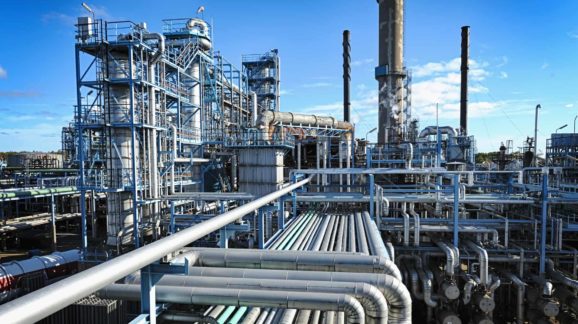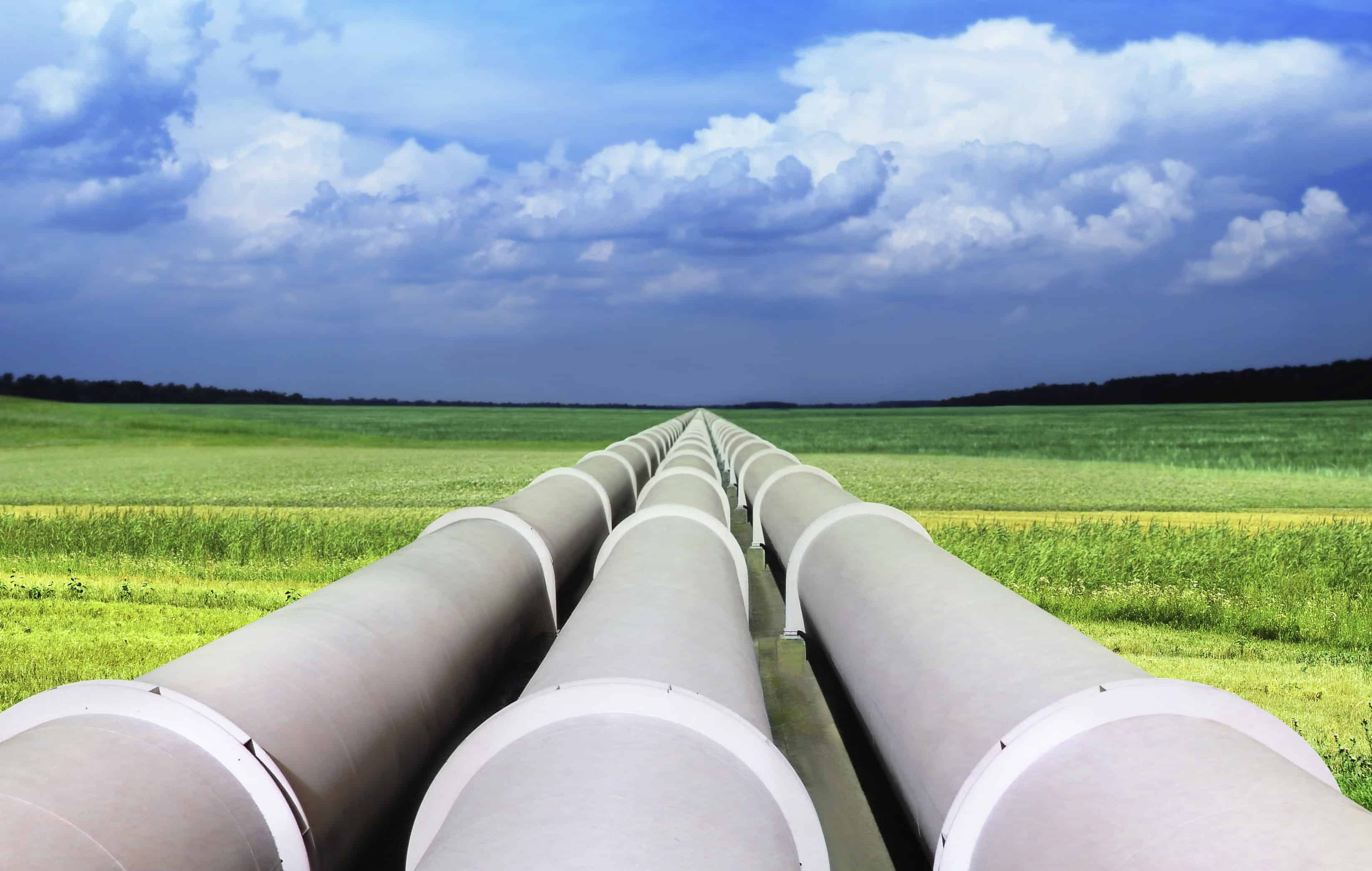More New England Natural Gas Pipelines Needed, But Unlikely

 New England continues to struggle with barely-adequate electric reliability, especially during the region’s winter cold spells. This is due in large part to the retirements of coal-fired generation across the region over the last decade. Natural gas-fired generation has taken up much of the slack, but the limiting factor is pipeline capacity into the region. The solution is simple enough—build more pipeline capacity from Pennsylvania’s abundant natural gas fields to New England—but at least one expert has given up hope that additional pipeline capacity will ever be built.
New England continues to struggle with barely-adequate electric reliability, especially during the region’s winter cold spells. This is due in large part to the retirements of coal-fired generation across the region over the last decade. Natural gas-fired generation has taken up much of the slack, but the limiting factor is pipeline capacity into the region. The solution is simple enough—build more pipeline capacity from Pennsylvania’s abundant natural gas fields to New England—but at least one expert has given up hope that additional pipeline capacity will ever be built.
Gordon Van Welie, President and CEO of ISO New England (which operates the region’s wholesale electricity markets), has for several years made Paul Revere-like warnings of this impending threat to New England, but unlike Revere his warnings have been ignored by the citizenry. He now laments that increased natural gas pipeline capacity into New England, though clearly the most feasible solution to the region’s electricity shortages, is not going to happen.
Political opposition is the reason, both in the New England states themselves but also in New York, through which most potential pipelines would have to pass. As it is, New York is starving itself of needed gas, and is even less likely to agree to serve as a conduit through which gas moves on to New England states.
Van Welie says that New England will have to make do with the tools they have, though he is less than fully confident that this will suffice to avoid outages. Regarding increased reliance on solar and wind, both of which tend to become less certain when the thermometer drops, Van Welie says that they “could also intensify the risk that there may not be enough energy to meet demand on the coldest days in winter.”